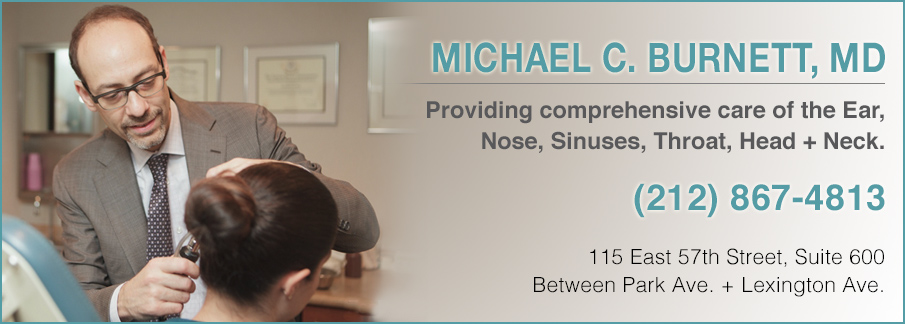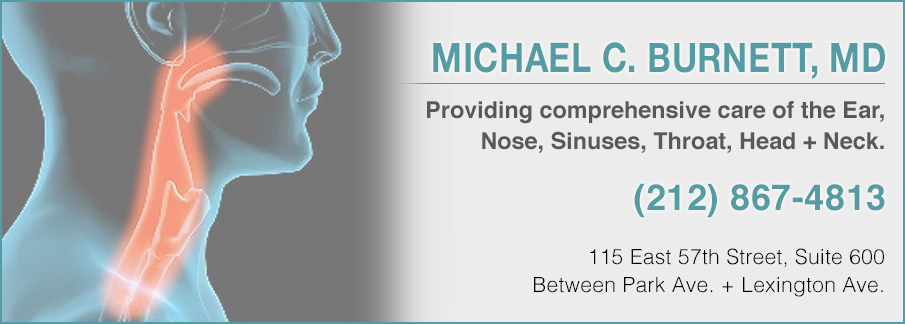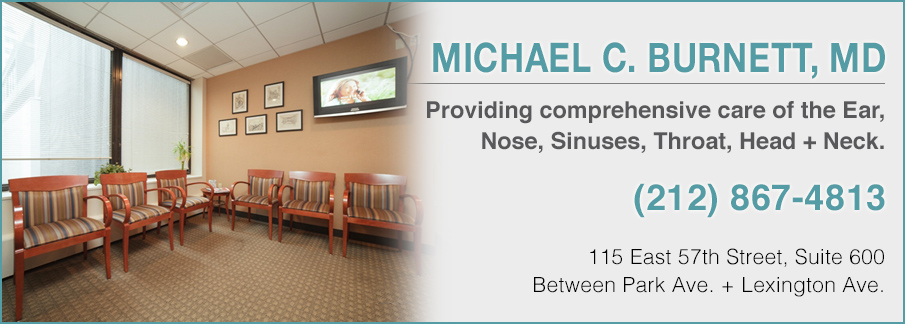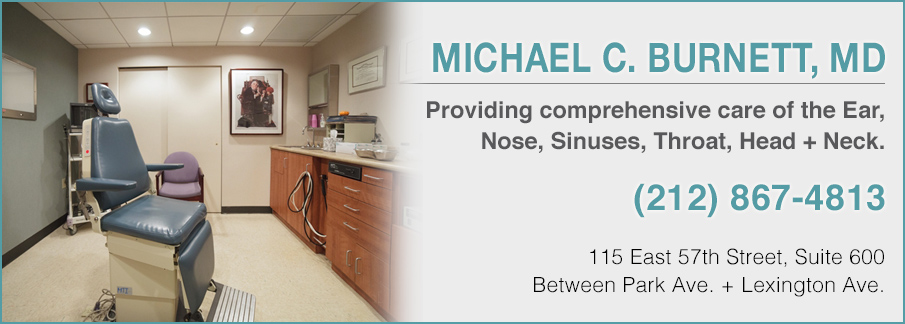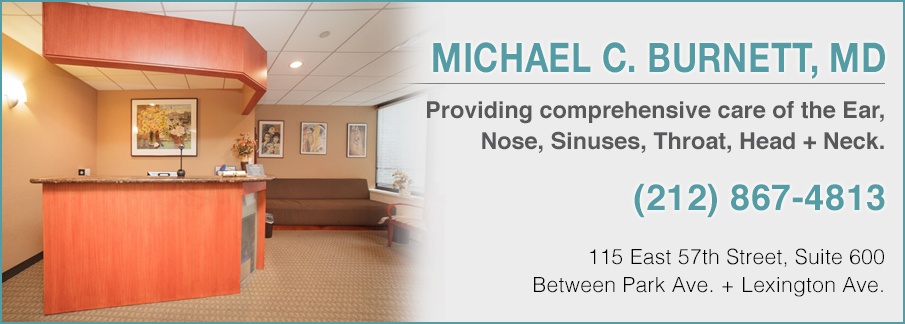Voice disorders can significantly impact communication and quality of life. An ENT (Ear, Nose, and Throat) specialist, also known as an otolaryngologist, plays a crucial role in diagnosing and treating these conditions. Here’s how an ENT can help manage voice disorders effectively.

Understanding Voice Disorders
Voice disorders occur when the vocal cords (vocal folds) do not function properly, affecting the sound produced by the voice. Common symptoms include hoarseness, vocal fatigue, reduced vocal range, and pain when speaking or singing.
Common Causes of Voice Disorders
Vocal Cord Nodules and Polyps
Repetitive strain on the vocal cords, such as excessive talking, shouting, or singing, can lead to the formation of nodules and polyps. These benign growths can cause hoarseness and other vocal problems.
Laryngitis
Inflammation of the vocal cords, often caused by infections, allergies, or overuse, can lead to laryngitis. This condition typically results in a hoarse or raspy voice.
Vocal Cord Paralysis
Vocal cord paralysis occurs when one or both vocal cords do not move properly, often due to nerve damage. This can lead to breathy voice, hoarseness, and difficulty speaking loudly.
Muscle Tension Dysphonia
Muscle tension dysphonia is caused by excessive muscle strain around the larynx (voice box), leading to a strained or tight voice.
Reflux Laryngitis
Acid reflux can irritate the vocal cords, causing inflammation and leading to a condition known as reflux laryngitis. This often results in a hoarse voice and chronic throat clearing.
Diagnosis of Voice Disorders
An ENT specialist employs various techniques to diagnose voice disorders accurately:
Medical History and Physical Examination
The initial evaluation includes a thorough review of the patient’s medical history and a physical examination to identify any contributing factors.
Videostroboscopy
Videostroboscopy is a specialized technique that uses a strobe light and a camera to visualize the vocal cords in slow motion. This allows the ENT to observe vocal cord vibrations and identify abnormalities.
Laryngoscopy
Laryngoscopy involves inserting a thin, flexible tube with a camera (laryngoscope) through the nose or mouth to examine the vocal cords and larynx.
Acoustic Analysis
Acoustic analysis measures various aspects of the voice, such as pitch, volume, and quality, to assess vocal function and detect issues.
Treatment Options for Voice Disorders
The treatment plan for voice disorders depends on the underlying cause and severity of the condition. Here are some common approaches:
Voice Therapy
Voice therapy, conducted by a speech-language pathologist, focuses on improving vocal habits and techniques. This therapy helps patients use their voice more efficiently and reduces strain on the vocal cords.
Medications
Medications may be prescribed to treat underlying conditions contributing to voice disorders. For example, anti-inflammatory drugs can reduce vocal cord inflammation, and acid reflux medications can manage reflux laryngitis.
Surgical Interventions
In some cases, surgery may be necessary to remove vocal cord nodules, polyps, or other growths. Procedures such as microlaryngoscopy allow precise removal of these lesions, improving vocal quality.
Botulinum Toxin Injections
For conditions like spasmodic dysphonia, botulinum toxin (Botox) injections can reduce muscle spasms and improve voice quality.
Lifestyle Modifications
Patients are often advised to make lifestyle changes to support vocal health, such as staying hydrated, avoiding smoking, reducing alcohol consumption, and managing stress.
Preventive Measures for Voice Health
Hydration
Staying well-hydrated is essential for maintaining vocal cord health. Drinking plenty of water keeps the vocal cords lubricated and reduces the risk of irritation.
Vocal Warm-Ups
Performing vocal warm-up exercises before speaking or singing can help prepare the vocal cords and prevent strain.
Avoiding Vocal Strain
It’s important to avoid shouting, screaming, or talking excessively without breaks. Using a microphone when speaking in large spaces can also help reduce vocal strain.
Conclusion
ENT specialists play a vital role in diagnosing and treating voice disorders. Through a combination of advanced diagnostic techniques and tailored treatment plans, they help patients regain their vocal health and improve their quality of life.
For expert diagnosis and treatment of voice disorders, contact Dr. Michael Burnett at Ear, Nose & Throat of New York. Our dedicated team is here to provide comprehensive care.
Contact Information
Ear, Nose & Throat of New York
Michael Burnett, MD
115 East 57th Street Suite 600
New York, NY 10022
212-867-4813
Convenient East Side / Upper East Side NYC Location

